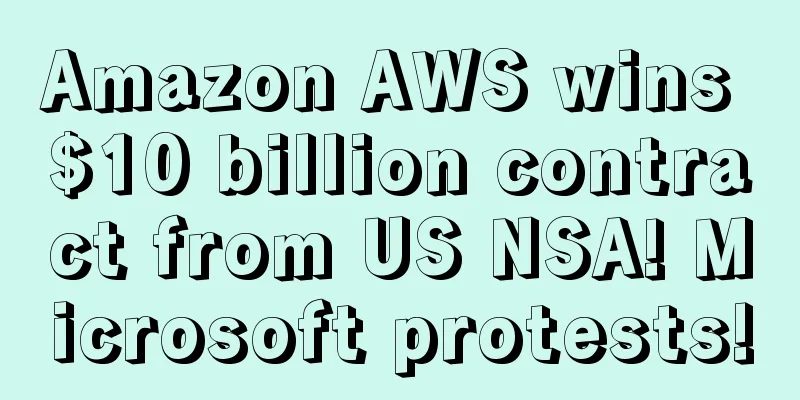Big changes in North American consumer trends! Amazon Prime Day reveals new trends

|
Last week's Amazon Prime Day ended perfectly, becoming the highest sales peak of the year. At the same time, this Prime Day also exposed many changes in North American consumption trends. A very important point is that compared with consumer enjoyment products, this year's Prime Day consumers prefer practical products. First, the proportion of orders for large products and consumer digital products has dropped significantly, including new TVs, smart speakers, and entertainment-related electronic consumer products. Even the Instant Pot, which has been a hot seller every year on Prime Day, has not seen a big increase in orders this year, and can only maintain a similar level as in previous years. Consumers are more willing to buy simple and practical products, and are not interested in additional brand value and non-essential functions. A data agency revealed that on this year's Prime Day, the simpler and more practical daily necessities sold better, including garbage bags, dishwasher powder, etc., which were all big hits. Especially in the food and grocery categories, this year's growth has been very strong. A foreign media survey shows that more than 90% of Americans have considered future food price increases when shopping, and nearly half of the American consumers surveyed said that they have been considering price increases in recent months, and 55% of consumers with an annual household income of US$50,000 or less often check their living costs and plan future shopping plans accordingly. During this year's Prime Day, these consumers spent a lot of money on food. Products such as Frito-Lay snack packs may be the best-selling listings on Amazon during Prime Day . Although Amazon has offered big discounts on products such as echo speakers and firetv and provided sufficient traffic support, and has long occupied the best search and display positions, sales are still not as good as those in the food category. Nearly one-third of consumers said that due to budget considerations, they had to give up some very cost-effective products because they had to put more shopping budgets on necessities such as food. However, Prime Day sales continued to grow, which is a good sign that people are still willing to spend money to stimulate consumption and shopping during large-scale promotional festivals despite the expected negative economic growth and severe inflation. What we sellers should pay more attention to is how to adapt to the current changes in consumer concepts in the North American market and adjust our business direction in a timely manner. |
<<: Amazon reveals Primeday data! The largest Prime Day event in history
>>: Amazon plans to withdraw from the self-operated market? Sellers: Something is not right...
Recommend
Product prices generally rise at the beginning of 2022! Americans may buy in advance and reduce purchases!
It is learned that according to data from NPD Grou...
U.S. online grocery sales grew 16.6% in January, led by delivery
It is learned that on February 11, according to fo...
What is Seller Bench? Seller Bench Review
Seller Bench is an Amazon claims service provider....
What is Shopify Markets? Shopify Markets Review
Shopify Markets is a new feature launched by Shopi...
Back-to-school survey: 73% of U.S. consumers plan to buy during Labor Day sales
It is learned that on August 14, according to fore...
It’s really sad! Sellers’ shipments keep disappearing, and Amazon responds like this…
Do you think the most important thing for Amazon s...
What is Bida Intelligent Customer Service? Bida Intelligent Customer Service Review
SmartChat is located in Palm Beach, Florida, USA. ...
FBA products cause big trouble! Amazon was found responsible
Let’s start today’s main text. ◆ ◆ ◆ ◆ We sellers...
The cold winter is coming. How to make profits in the post-Amazon era?
Recently, many articles that are pessimistic abou...
Walmart sells its outdoor e-commerce company Moosejaw, which was exposed to have management loopholes!
According to foreign media reports, Walmart recent...
More than 400 million counterfeit products were found on seven major platforms including Amazon and Walmart!
<span data-shimo-docs="[[20,"获悉,根据美国专业打假机构...
The top 15 grocery retailers in the United States in 2022 are announced! Amazon falls to third place!
According to the sixth annual Retailer Preference ...
Amazon, eBay, and Shopify are scrambling to place bets on AI as it impacts the e-commerce market
According to the latest report from Business Insid...
What is a utility model patent? Utility model patent evaluation
A utility model is an intellectual property right ...
What is AmazeOwl? AmazeOwl Review
AmazeOwl can help sellers solve problems such as w...









